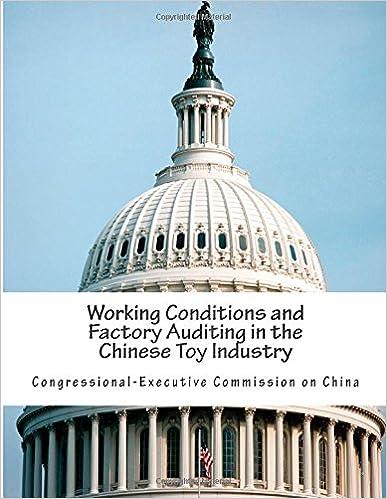Question
Decision Analysis: Total Asset Turnover and Times Interest Earned Ratio Total Asset Turnover One important measure of a company's ability to use its assets efficiently
Decision Analysis: Total Asset Turnover and Times Interest Earned Ratio
Total Asset Turnover
One important measure of a company's ability to use its assets efficiently and effectively is total asset turnover.
Total asset turnover = net sales/average total assets
Net sales is net amounts earned from the sale of products and services. Average total assets is (current period-end total assets + prior period-end total assets)/2. A higher total asset turnover means a company is generating more net sales for each dollar of assets. Management is evaluated on efficient and effective use of total assets by looking at total asset turnover.
| Company | $ millions | 2017 | 2016 | 2015 |
| Starbucks | Net sales | $22,387 | $21,316 | $19,163 |
| Average total assets | $14,339 | $13,364 | $11,585 | |
| Total asset turnover | 1.56 | 1.60 | 1.65 | |
| Jack in the Box | Net sales | $1,554 | $1,599 | $1,540 |
| Average total assets | $1,289 | $1,326 | $1,287 | |
| Total asset turnover | 1.21 | 1.21 | 1.20 |
We express Starbucks's use of assets in generating net sales by saying "it turned its assets over 1.56 times during the current year." This means that each $1.00 of assets produced 1.56 of net sales.
Interpreting the total asset turnover requires an understanding of company operations. Some operations are capital-intensive, meaning that a relatively large amount is invested in plant assets to generate sales. This results in a lower total asset turnover. Other companies' operations are labor-intensive, meaning that they generate sales using employees instead of assets. In that case, we expect a higher total asset turnover.
Starbucks's turnover is higher than that for Jack in the Box. However, Starbucks's total asset turnover decreased over the last 3 years. To maintain a strong total asset turnover, Starbucks must grow sales at a rate equal to, or higher than, its total asset growth.
Times Interest Earned Ratio
Interest expense is often called a fixed expense because it usually does not vary due to short-term changes in sales or other operating activities. While fixed expenses can be good when a company is growing, they create risk. The risk is that a company might be unable to pay fixed expenses if sales decline.
Times interest earned = Income before interest expense and income taxes (EBIT)/Interest expense
| Company | $ millions | 2017 | 2016 | 2015 |
| Starbucks | Net income before interest and taxes | $4,410 | $4,279.9 | 3,973.5 |
| Interest expense | $92.5 | $81.3 | 70.5 | |
| Times interest earned | 47.68 | 52.64 | 56.36 |
Please respond to this forum by Sunday, April 18th before 11:30 p.m. Please provide the following information:
- Calculate total asset turnover and times interest earned
- Provide ratio analysis for each company
Step by Step Solution
There are 3 Steps involved in it
Step: 1

Get Instant Access to Expert-Tailored Solutions
See step-by-step solutions with expert insights and AI powered tools for academic success
Step: 2

Step: 3

Ace Your Homework with AI
Get the answers you need in no time with our AI-driven, step-by-step assistance
Get Started


